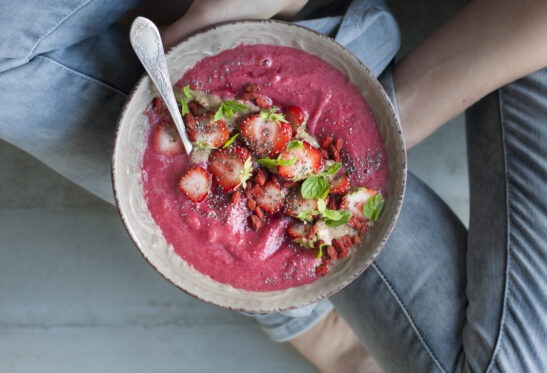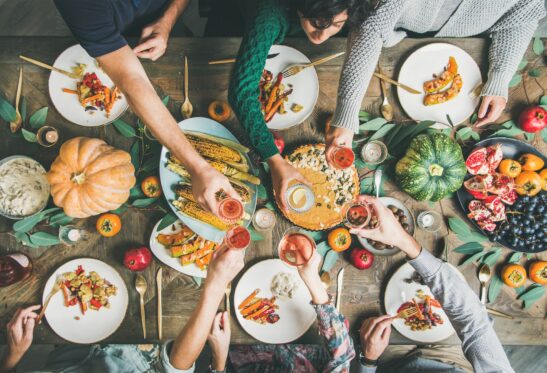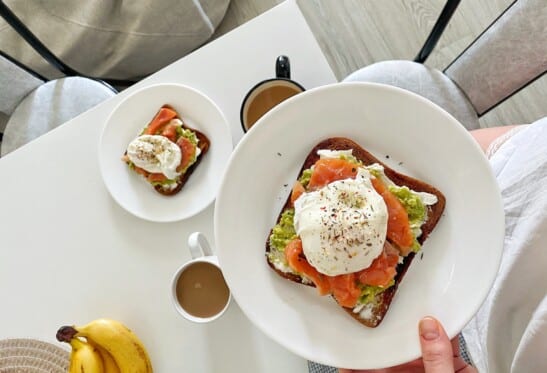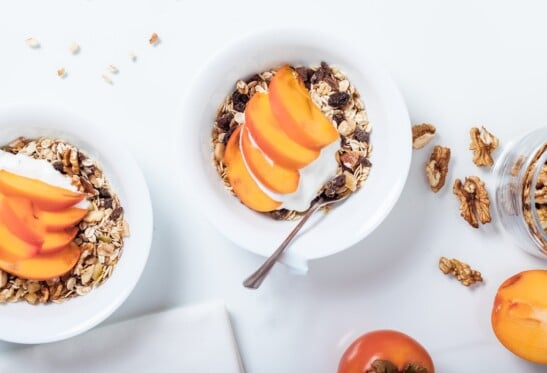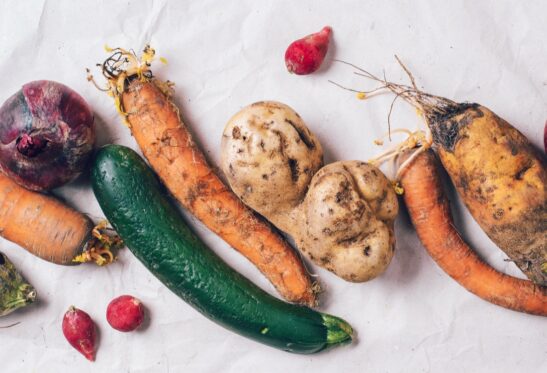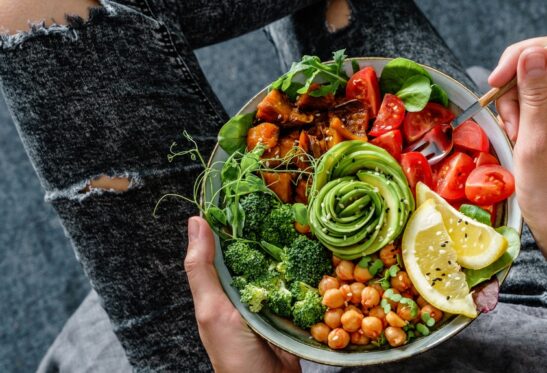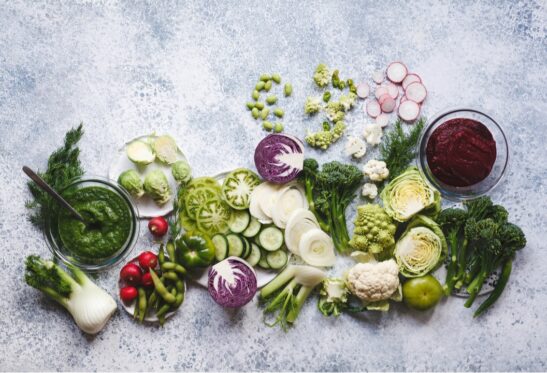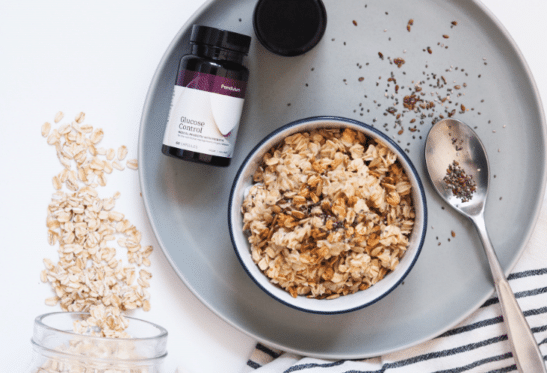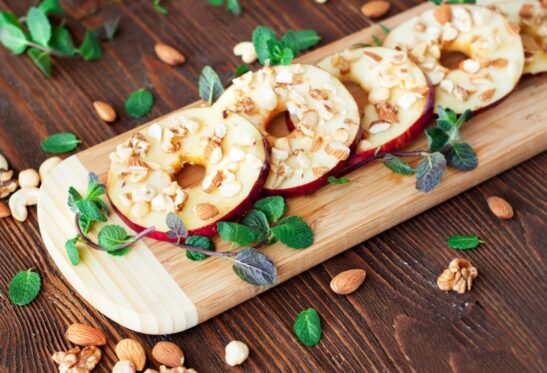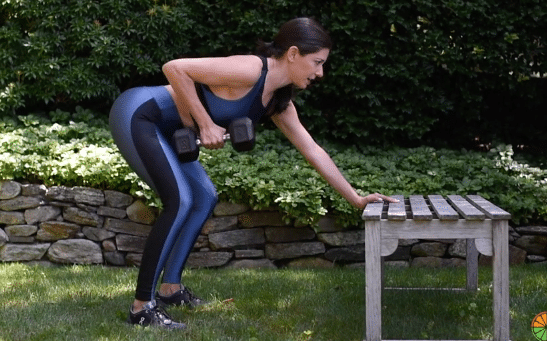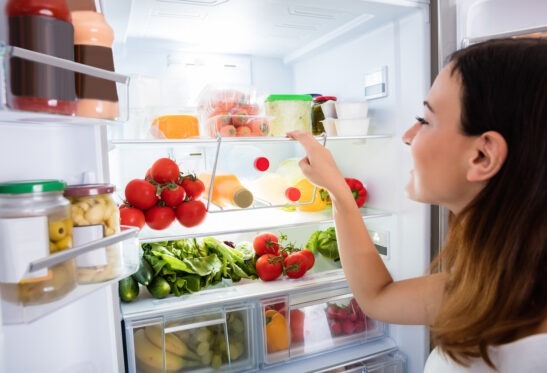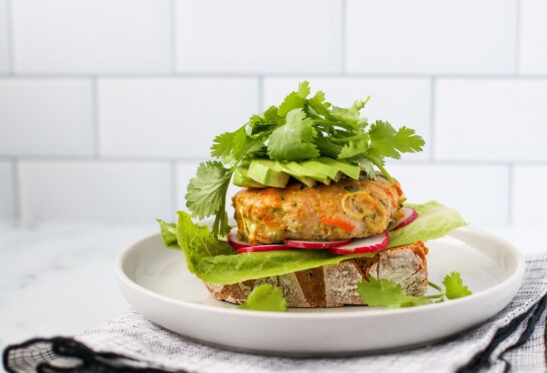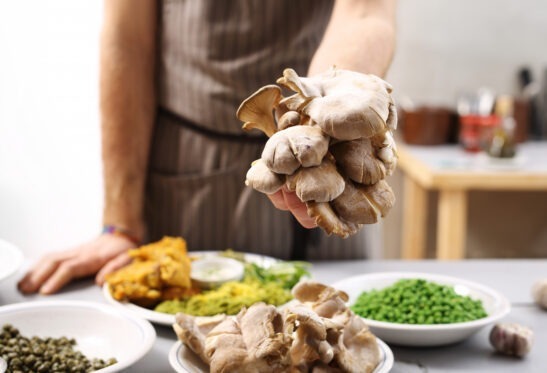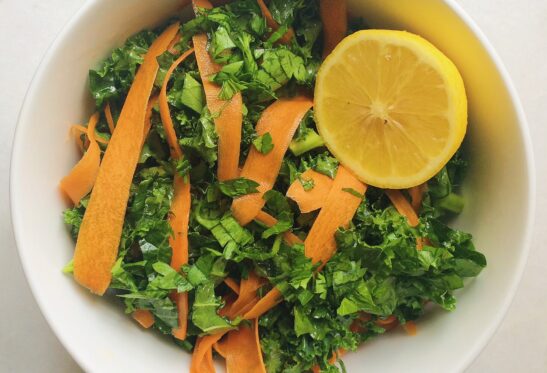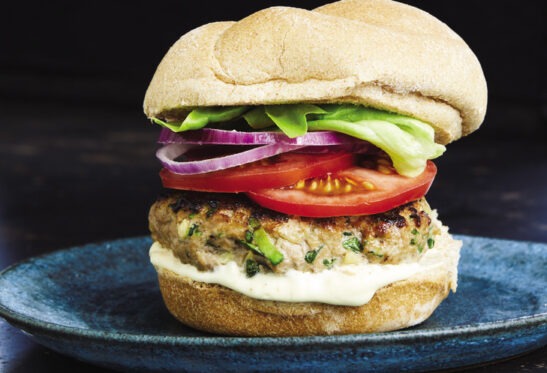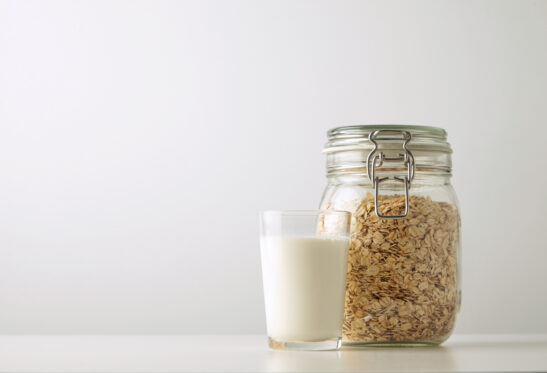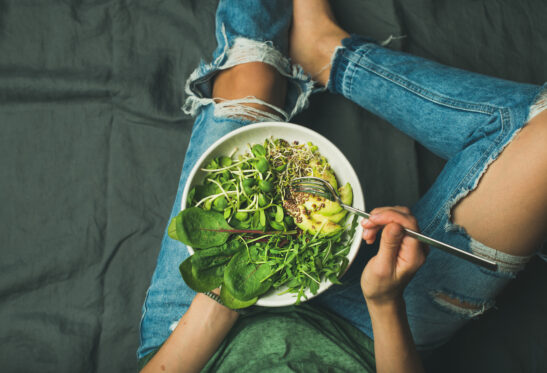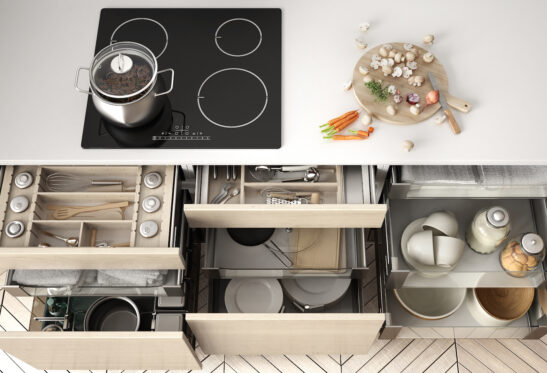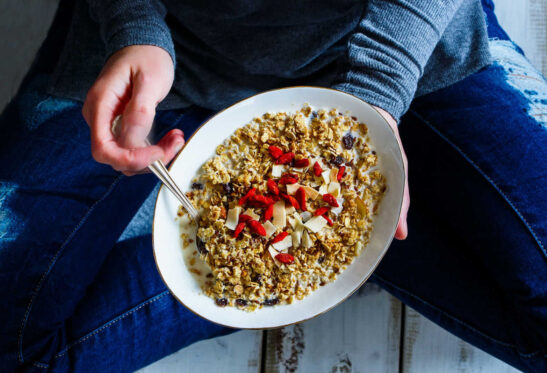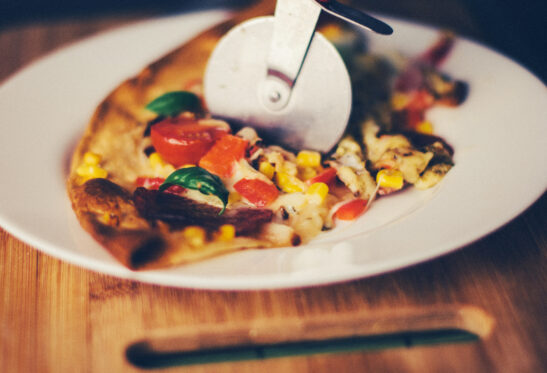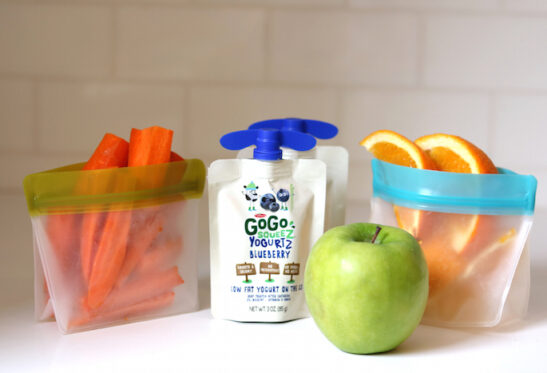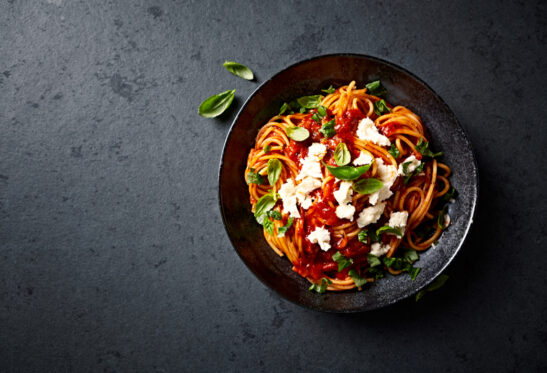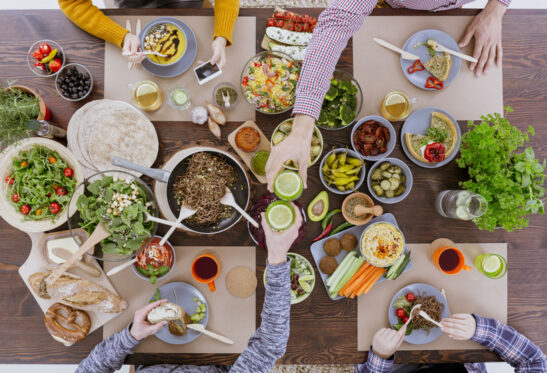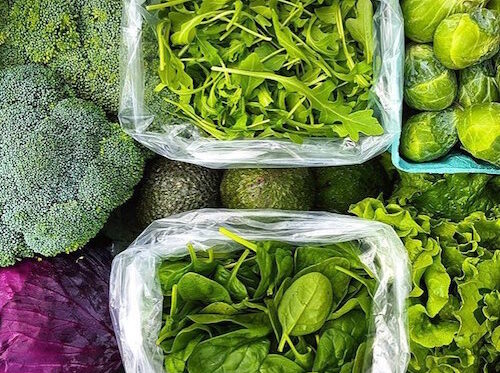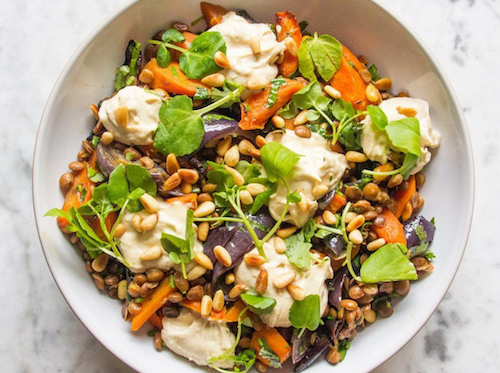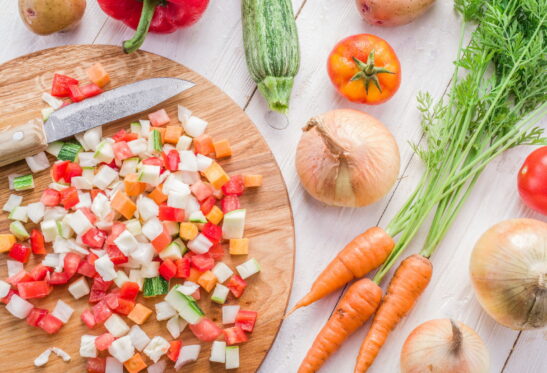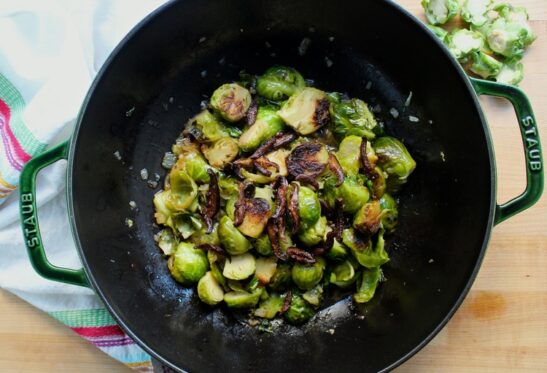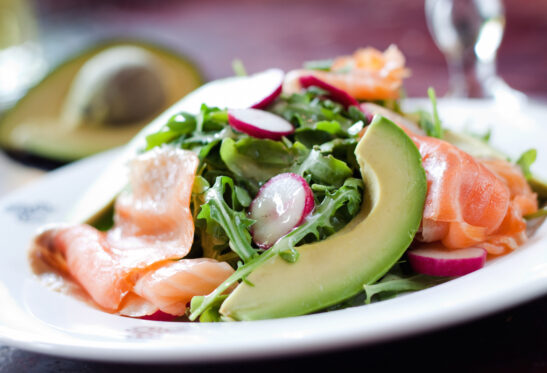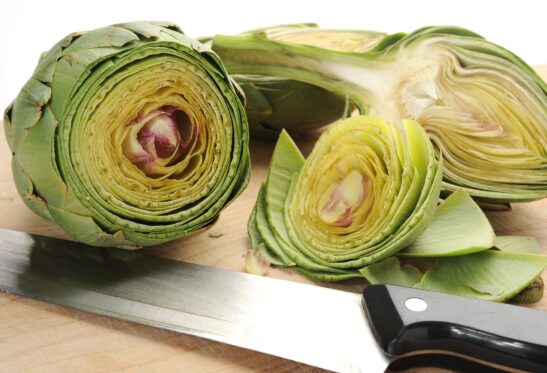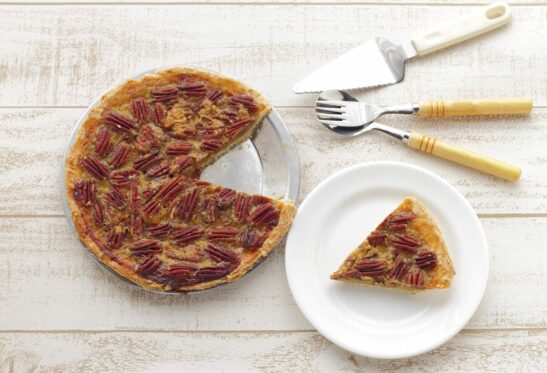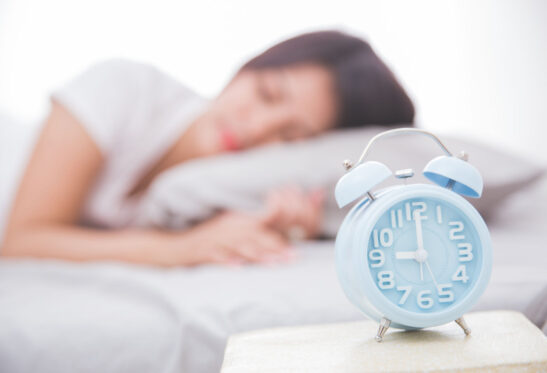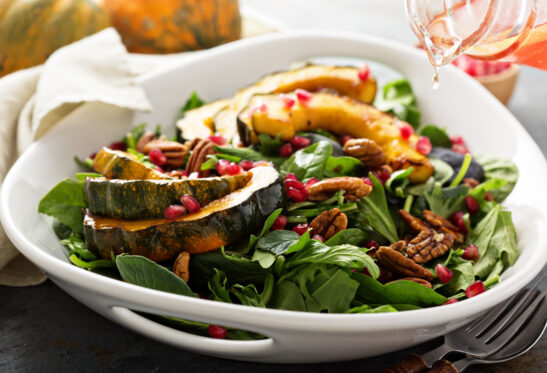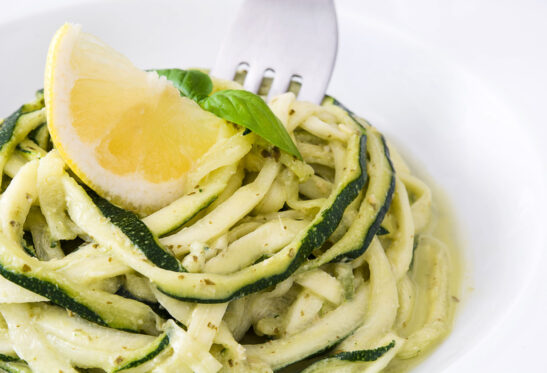 Eat Empowered
Eat Empowered  Emotional Eating
Emotional Eating
How to Stop Emotional Eating
Home » Eat Empowered » Emotional Eating » How to Stop Emotional Eating
This post is part of a super important series on Emotional Eating. Not sure what that means? Emotional eating can be much more subtle than you realize, and if you’re having trouble figuring out your food issues, it may be at the root of them. If you’re a wellness professional (or are just trying to live your healthiest life!), you’ve GOT to understand emotional eating, as it’s likely at the root of many of your clients’ issues. Get informed, here!
Jamie is a rockstar advertising executive. She is hard working in her job, hits the gym four days a week, and has come leaps and bounds since we started working together on her eating. She’s energetic and quick-witted at 5’5” and 135 lbs.
When we first started her nutrition work it was because she was newly diagnosed with hypothyroidism.
I asked her at intake if she thinks she eats emotionally, and she gave an emphatic, “No! I’m so not that person.”
I listened to her tell me how controlled she is with food, but when she mentioned eating through a box of gluten-free crackers when she decompresses in front of the tube watching Inside Amy Schumer, I knew I would soon be teaching her how to stop emotional eating.
See, emotional eating isn’t just eating out of sadness or the broke-up-with-your-boyfriend kind.
It’s also not limited to shoving chips in your mouth when you’re stressed, or overdoing the Baked by Melissa cupcakes when you get a promotion, or diving into the Nutella jar to undo a day of disappointments.
It can also be super subtle and entirely nuanced.
Do you ever find yourself eating all of the pretzels without even realizing you were doing it? That may be emotional (and not the result of a lack of self-control). Ever finish your third slice of pizza even though you were full? Emotions, baby. Emotions.
Yes, food works. Eating actually soothes rough emotional edges thanks to the role of serotonin, our “happy hormone.”
Serotonin is released in your brain when you feel pleasure, like the yum sensation that comes from a chocolate chip cookie between your teeth. It can temporarily calm the anxiety hormones, stress hormones, and blues. Serotonin floods our brain with calm and overpowers negative hormonal actions, so eating actually does make us feel better. Temporarily.
As life has it, carbs and sweets (versus kale and chia) are the most powerful serotonin releasers, often sabotaging our health. The good news is that you can assess your life and figure out where you feel you eat emotionally and plan interventions to gain control of them—or at least reign them in.
Here’s how to stop emotional eating
1. Identify your triggers.
What are the things that you solve with food? Are you a distressed victim when the office throws a party and leftover cake calls your name? Will your give-up instincts kick in and force you to quit before you even try to resist the french fries that come to the table when you’re out for the night with girlfriends? If you are looking for a great way to identify your triggers, keep a food journal for two weeks. Take note of not just what you eat, but also where you are and when during the day you fall short with your food.
This will help you deduce what triggers you to eat things you’d rather not be licking your fingers after. If you can look at the foods, the environment, and the feelings you were having when eating, you’ll be more easily able to plan for these triggers and stop overdoing it. You can’t overcome emotional eating, unless you take this first step. Once established, move on to number two and three.
2. Create controls.
If you can figure out your triggers, you can empower yourself by controlling them. Emotional eating can be addressed with non-food controls and food controls. If you’re a night time eater, like Jamie, or find there is a situation or time you feel especially weak with your diet, pick a couple of activities that empower you. Write in your food journal, do five minutes of planks, moisturize your hands, or take a walk—and write them down.
It may sound trite, but the power of these little things is amazing. You’ll want to pull this list out soon. You also want to have a couple of food controls. Better to make a positive food choice that is planned and healthful than to say “screw it” and regret it by fueling an emotion. A couple of my personal fave food controls are: air-popped popcorn with sea salt and pepper and marinated artichoke hearts.
3. Learn the Triple D strategy.
No matter what your trigger, here’s a technique that works for just about everyone and most situations. It’s the three D approach: Delay, distract, and disarm your way out of emotional eating.
Make the conscious decision to delay action before eating. It gives you a chance to change your course. During those planned, delaying minutes, distract yourself. Get your mind off of the food and focus on a task, like meditating, making a to-do list, or whitening your teeth. Finally, disarm yourself by getting rid of the trigger-related foods like chips and ice cream in the house. If you really want an ice cream, rather than an emotional spiral, make it a conscious indulgence. Plan to walk out to the ice cream shop for a treat you can feel good about.
If you’re interested in learning more about emotional eating, check out our four-part video course on Emotional Eating, now!
The Nutritious Life Editors are a team of healthy lifestyle enthusiasts who not only subscribe to — and live! — the 8 Pillars of a Nutritious Life, but also have access to some of the savviest thought leaders in the health and wellness space — including our founder and resident dietitian, Keri Glassman. From the hottest trends in wellness to the latest medical science, we stay on top of it all in order to deliver the info YOU need to live your most nutritious life.
RECENT ARTICLES

Want a sneak peek inside the program?
Get FREE access to some of the core training materials that make up our signature program – Become a Nutrition Coach.
Get Access"*" indicates required fields









































































